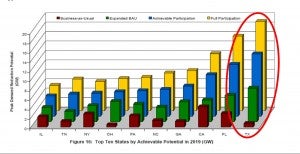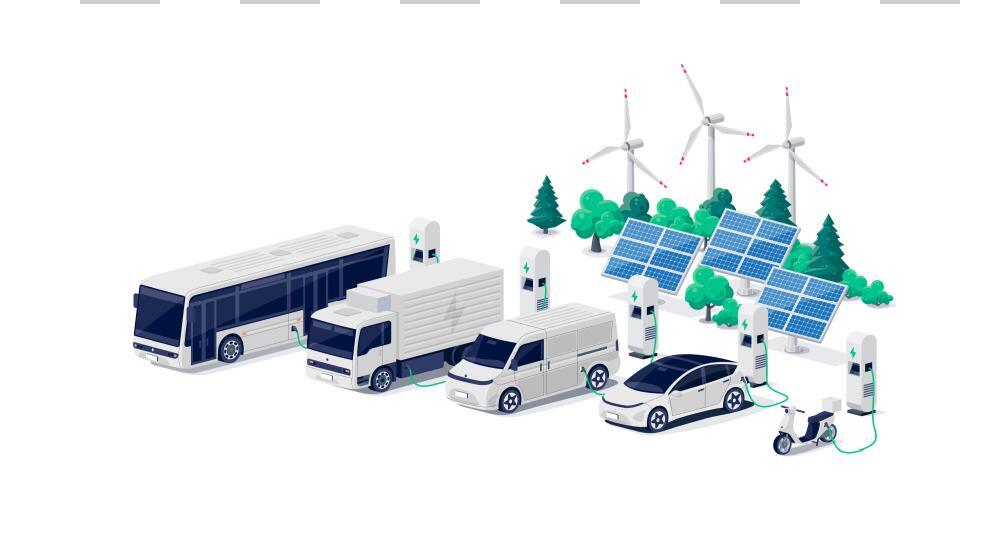 This commentary originally appeared on EDF’s California Dream 2.0 blog.
This commentary originally appeared on EDF’s California Dream 2.0 blog.
Traditionally, if an area’s population grows — or it loses a power plant — it needs more energy. But California and some other states can approach it differently and reduce the use of fossil fuels.
Instead of asking, How can we add more energy?” the real question becomes “How can we reduce demand?”
Two words: Demand Response (DR).
DR is an incentive that has been proven to work on the East Coast and elsewhere, encouraging energy users who voluntarily participate to reduce their electricity usage temporarily when demand could outpace supply.
Recently, the California Energy Commission’s Integrated Energy Policy Report (IEPR) Draft recognized DR as a technology with a high potential to maximize energy efficiency. This report comes at an important time for the state, when greenhouse gas emissions from large facilities have increased in California after decreasing the previous years, in large part due to the closing of the San Onofre Nuclear Generating Station (SONGS) power plant.
In our recently submitted comments, EDF commended the Commission on thinking big on demand response, a cutting edge load management technology that can lower wholesale energy prices when they are highest, dramatically minimize system costs, and reduce air pollution and greenhouse gas emissions.
In their report the Commission also acknowledged that while DR is a great tool if used well, there still “has been little progress towards increasing the amount of DR used in the state.” The Commission included several recommendations to bolster DR going forward, which EDF supports and will advocate for.
We also made suggestions for how the Commission could maximize the use of DR in California, including:
Time of Use (TOU) tariffs allow customers to pay prices for energy that depend on both when and how much they use. By giving customers the option to save money for reducing their energy use at peak times, older, less efficient peaker plants aren’t used as much and the overall system costs go down dramatically. If half of Southern California Edison’s ratepayers adopted its voluntary TOU program, this would replace the need for two thirds of the San Onofre generating capacity.
- Set clear and ambitious goals for demand response in the state
The Commission should set ambitious benchmarks in regard to demand response capacity.
- Foster consumer adoption of innovative demand response technology
Modern technology allows for automated thermostats, ‘set it and forget it’, and other options for easy to use systems that allow interested electricity customers to quickly and consistently respond and reduce energy use when demand is high and the grid is stressed. The Commission should plan to increase consumer uptake of these technologies.
- Support new technologies and quick scaling up of pilot projects
Demand response opportunities exist on a broad scale in California. Innovative ideas like charging electric cars when solar power is abundant to help maximize the benefits from renewables are still being developed. The Commission should encourage and support these new technologies, and look for successful pilots that are both cost-effective and fully scalable.
- Establish effective enforcement mechanisms
By putting in place proper monitoring and enforcement mechanisms, the Commission will help ensure expected environmental benefits.
The Commission’s IEPR is a great step forward, and comes at a key moment for managing California’s energy system. We urge the Commission to continue its work with other stakeholders to increase this momentum, and to utilize its authority – such as appliance and buildings standards and electricity forecasting – to help implement the state’s vision for demand response.















